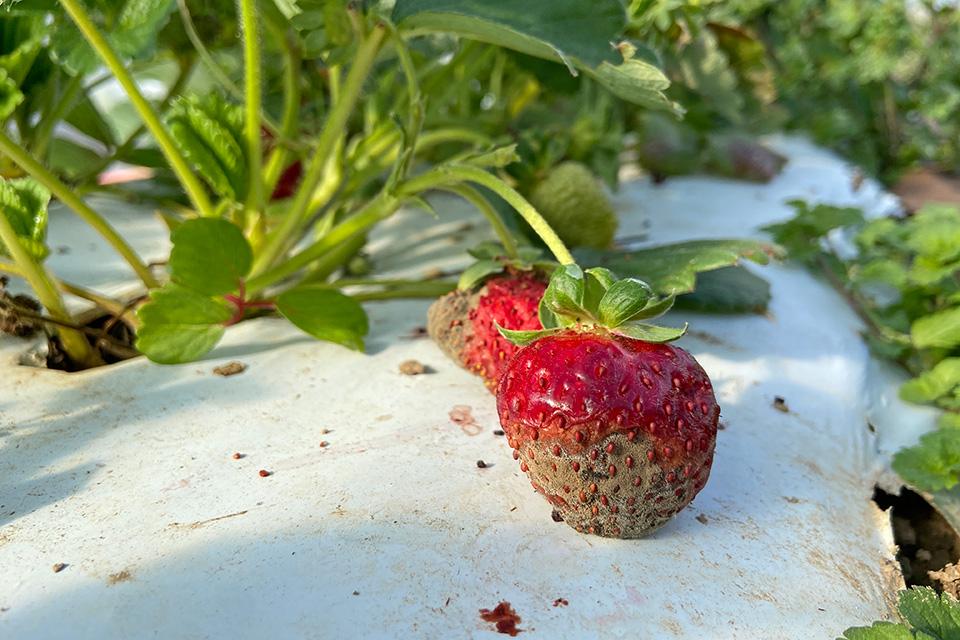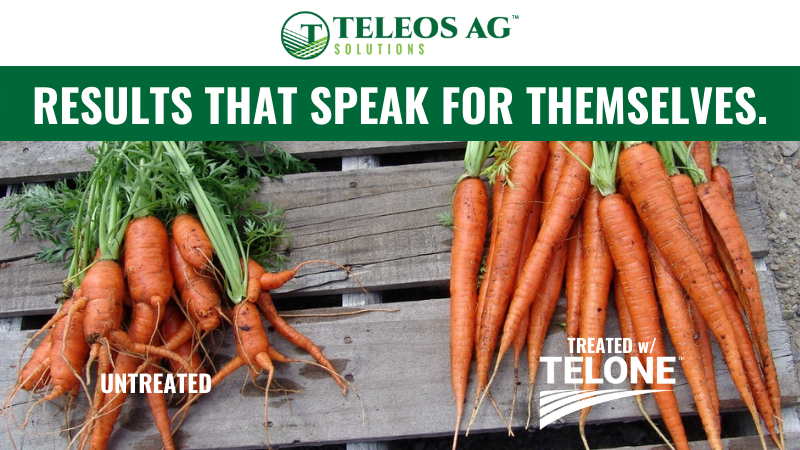Controlling Winegrape Composition
The marketability of a winegrape crop can be enhanced when the characteristics of the fruit meet the needs of the winemaker. Growers are usually concerned most about soluble solids (sugar accumulation), while winemakers are more interested in the “composition” of the fruit. In addition to soluble solids, winemakers are concerned with anthocyanins (color pigments), phenolics (primarily tannins), titratable acidity (total acid content), and juice pH. A winemaker’s interests are, of course, going to vary depending on the variety and the intended end-use of the wine.
Controlling Characteristics
All of these fruit “composition” characteristics are within the control of a grower since they are influenced by the amount of sunlight reaching the fruit and by the mid-day temperatures of the berries. The influence of sunlight on grape berry development and composition has been well documented through research during the past few decades. Research has found that sunlight-exposed fruit is generally greater in total soluble solids, anthocyanins, and lower in phenolics and lower in titratable acidity, juice pH, and berry weight when compared to non-exposed (shaded) fruit.
Research work completed within the last 10 years has further refined the relationships between fruit composition and sunlight exposure with particular emphasis on the quality and quantity of sunlight and the effects of berry temperatures. While this work was conducted for two vitis vinifera red grape varieties grown in a warm climate (in the San Joaquin Valley of California), it has general application to other varieties grown in other climates.
Berry Temperatures — An important conclusion from research work is that berry temperatures are directly and linearly related to fruit exposure to sunlight; that is, the more sunshine on the fruit, the higher the berry temperature. This is important since most of the fruit compositional characteristics, while related to sunshine on the berries, are also related to berry temperatures. In a warm growing climate, the mid-day berry temperature of fully exposed clusters on the sun-side of a canopy can exceed the ambient air temperature by about 13°F, whereas mid-day temperatures for shaded berries can be less than the ambient air temperature by almost 5°F. This can amount to an 18°F difference in berry temperature from clusters that are fully exposed to the sun vs. clusters that are under the leaf canopy. Differences in mid-day berry temperature may be less for cooler growing areas.
Sunlight Exposure — The research work indicates that (at least for warmer regions) high amounts of diffused light in the fruiting zone are better than direct sunlight exposure. This is usually equivalent to two to three
layers of leaf canopy shading the fruit. Also, there are significant differences in sunlight and berry temperature for clusters on the sun side of the canopy vs. the non-sun side. The difference between sun vs. non-sun sides extends to berry composition.
Soluble Solids — Accumulations are at a maximum with high amounts of diffused sunlight. Increased sun exposure beyond this point may actually inhibit ripening due to the higher berry temperatures that result. Berry temperatures above about 98°F tend to slow soluble solid accumulations.
Anthocyanins — Increased exposure to sunlight generally stimulates anthocyanin (color pigment) accumulation until the degree of sunlight results in higher berry temperatures, which then inhibits color formation.
Phenols — The concentration of phenols (tannins) increases linearly with berry sun exposure.
Titratable Acidity — Declines with increasing sunlight exposure, though the decline tends to level off for clusters on the non-sun side of a canopy.
Juice pH — Declines significantly with increased sun exposure for clusters on the non-sun side of the canopy, but only gradually declines with increased sun exposure on the sun side of the canopy.
Berry composition is influenced by both the direct (light quantity and light quality) and indirect (temperature) effects of sunlight exposure. Cluster location within the canopy has a significant influence on the relationship between sunlight exposure and berry temperature. It is generally accepted that, as fruit exposure to sunlight increases, fruit composition and wine quality improve.
Enhancing Composition
So what can a grower do to enhance the composition of his fruit? First, ask the winemaker what he likes about your fruit and what he doesn’t like. Second, lay out a program of canopy management that targets the changes you want to achieve. Canopy management can be either active or passive. Passive management would include modifying the trellis system to better match the vigor of aggressively growing vines. Active canopy management would include cane positioning and leaf removal, as well as managing the soil moisture in order to limit vine growth (assuming that the vineyard is irrigated).
Much of the technical content of this article is based on research work by Dr. Nick Dokoozlian, Department of Viticulture & Enology, University of California-Davis.









